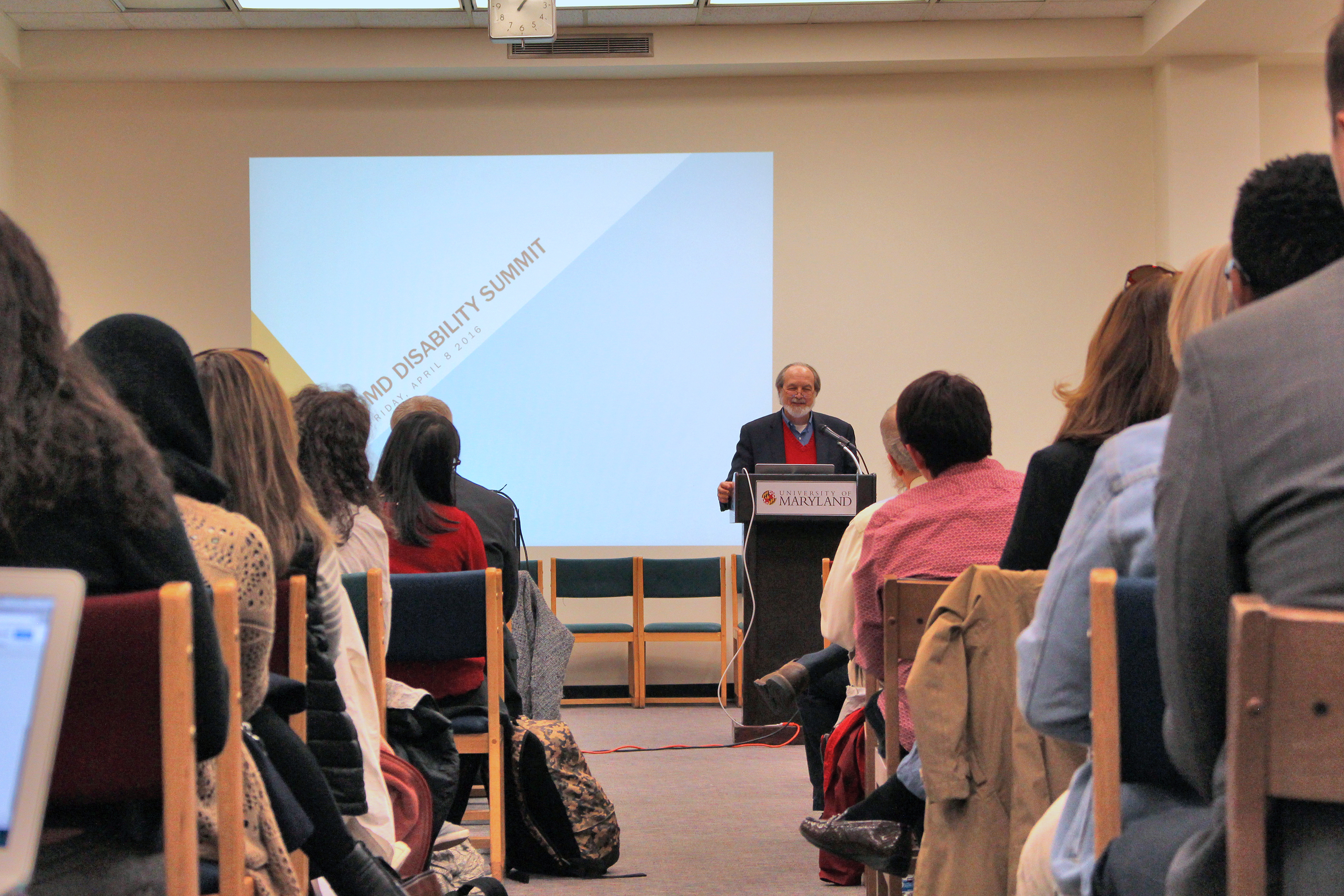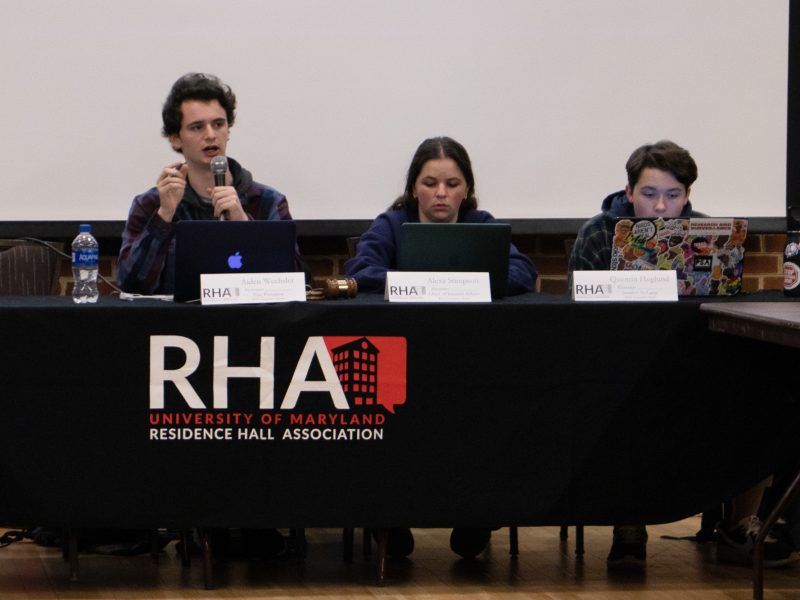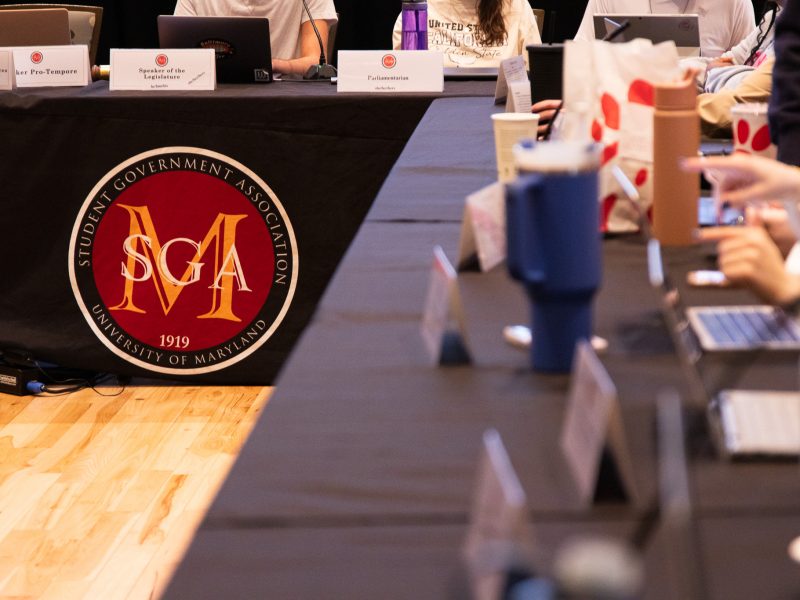The UMD Disability Summit: Activism and Advocacy in the Academy on Friday in Hornbake Library brought together about 150 students, faculty, staff and visitors to learn about ways education and research can improve the lives of people with disabilities.
Many of the presentations and breakout sessions discussed how to make technology more accessible to those with disabilities, as it’s becoming increasingly difficult to live without access to it, said Gregg Vanderheiden, the event’s keynote speaker.
Vanderheiden is an industrial and biomedical engineering professor at the University of Wisconsin-Madison and the director of UW-Madison’s Trace R&D Center, which is “a leader in making computers accessible to people with all types of disabilities,” according to its website. Both Vanderheiden and the Trace R&D Center will move to the iSchool at the University of Maryland over the summer.
“The Trace Center is known not so much for the research that it does … but for the changes that it’s been able to make, and we’re really excited about coming to the University of Maryland,” Vanderheiden said.
Vanderheiden’s keynote speech centered around the implications of accessibility and extended usability (modifying technology so people can more easily operate it) as well as new technology that would allow everyday electronics such as smartphones and computers to be more easily accessible for those with disabilities — specifically, the blind.
“If we create a society where you cannot participate unless you use technology, and you’re in the tail of a tail, what do we [have]?” he asked the audience.
He also discussed a new system called the Global Public Inclusive Infrastructure, which he said could revolutionize the way people use technology. The GPII would store users’ preferences in the cloud so that all devices people use would be able to access their settings and adjust to that one particular user, Vanderheiden said.
Students in special education professor Carolyn Fink’s service learning and scholarship in practice course — EDSP220: Disability in Community: Access, Accommodation, and Adaptation — also had the opportunity to showcase their projects at the summit. One of the students presenting had done a certifying project at a senior citizens center and the other did a project on the campus with disability services, Fink said. The two presented to a packed room, with standing room only.
“[Students] were able to communicate what they had learned to a very interested group,” she said. “The audience asked terrific questions that allowed the students to show more about their experience and [were] really engaged.”
Ana Palla-Kane, a faculty member in the kinesiology department and the founder and director of TerpAccess Disability Network, spoke about the IT-Accessibility Plan during the summit, illustrating the campus’ commitment to inclusion. The three-year plan, developed by the IT accessibility committee, involves five components: Web accessibility, course redesign, multimedia development, e-learning tools and assistive technology tools.
“The campus community is extremely interested and [has] expressed a lot of needs about wanting to be more knowledgeable about how to serve people with disabilities,” Palla-Kane said. “It has been a great response in terms of the community having more and more initiatives related to disability, disability awareness and inclusion.”



